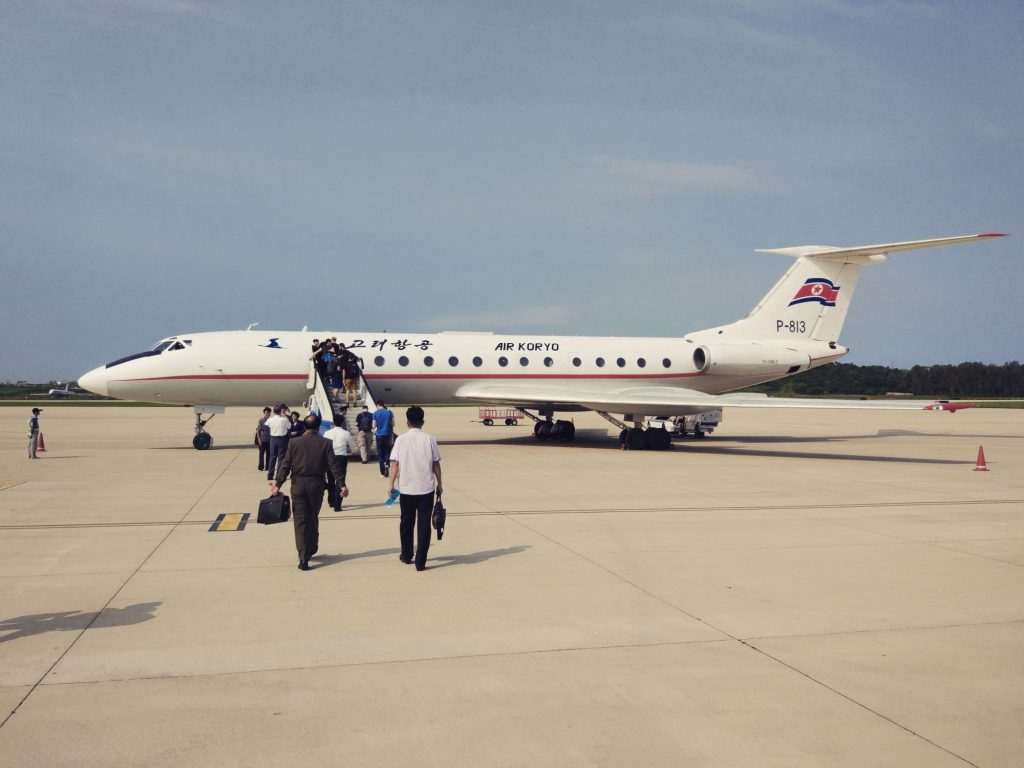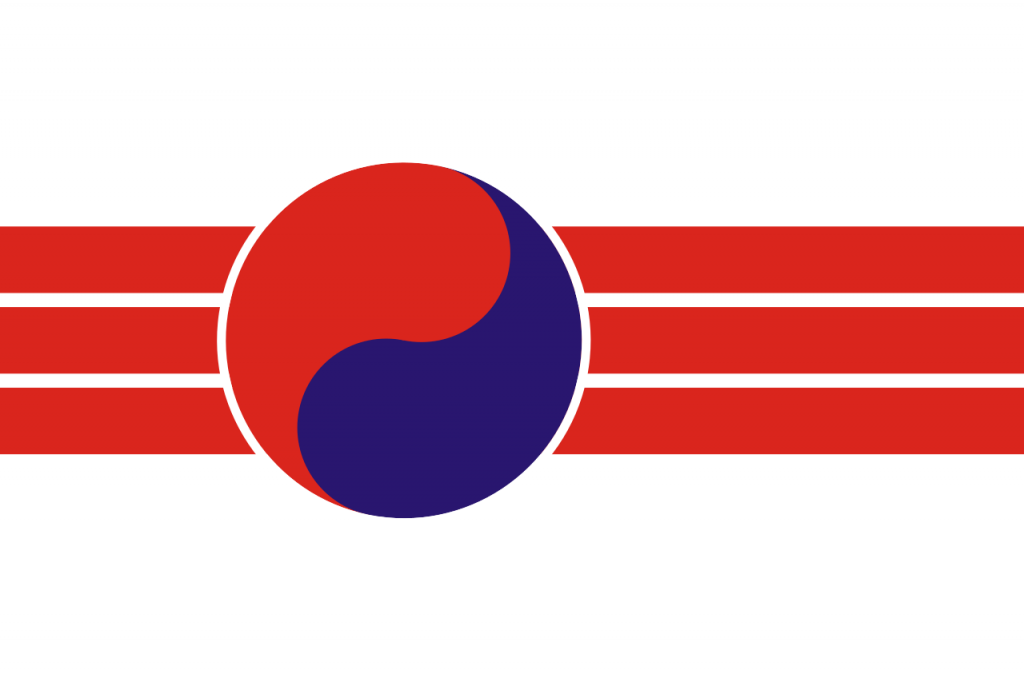From Koryo to present day Korea. The Koryo dynasty is known as the golden age of Korea. It would morph into the Joseon dynasty and everything else that was to follow.
What’s in a name?
Koryo, Goryeo was a unified Korean state that existed between 918 AD and 1392. It is from the name Koryo/Goryeo that the western transliteration of Korea comes from. Korea/Koryo sounding similar.
The Koryo period of history is considered a golden era of Korean civilization, and this is felt on both sides of the Korean peninsula.
The capital city of Koryo was Kaesong, home of the DMZ. Kaesong has since been declared a world UNESCO site and it is a mainstay of most of our tours to North Korea.
Interestingly Kaesong was originally part of South Korea, but was “won” by the North during the Korean War.
For more info on who won the Korean War and which places changed hands click here.
Why is Koryo considered the golden era of Korea?
t was the first time that the three kingdoms of the peninsula had been unified into a single state, or “true national unification” as it is referred to by Korean historians. During there were many archeological and technological innovations. Hundreds of Buddhist temples were built, and whilst technically a tributary of China, was for all intents a strong and independent nation.
It is for this reason that Koreans view the period so well and take great pride in the name Koryo. The national airline for example is called Air Koryo. There is even a form of Taekwondo called Koryo. The Korean diaspora inhabiting the former Soviet Union are also known as the Koryo-saram.

To read more about the martial art of Korea click here.
The decline of the Koryo Dynasty
From 1270 some historians consider Koryo/Goryeo to have become a client state of the Yuan Dynasty of China. In 1388 King Li ordered Koryo to attack Liaoning in present day China. His military revolted and Koryo fell to General Yi Seong-gye,
The end of the Koryo Dynasty and the stat of the Joseon Dynasty
The Joseon dynasty (also transcribed as Chosŏn or Chosun, Korean: 대조선국; 大朝鮮國, lit. ‘Great Chosun Country’) was declared in 1392. This was to continue in some way shape, or form until the Japanese colonization of Korea in 1910. Although Japan had been wielding considerable influence before then.
At the end of the war the country was divided and we now have North and South Korea, or to be more specific the Democratic Peoples Republic of Korea and the Republic of Korea became the new states on the Korean peninsula.
What’s in a name (again)
Interestingly the DPRK still refer to their country as Joseon (Chosŏn).
To understand the full meaning of the DPRK read this article.
The south on the other hand refer to their country as Hanguk – literally Han country. Although not to be confused with the Han majority ethnic group of the Peoples Republic of China.
Ironically Joseon was not to the last unified Korean State, that would be the Peoples Republic of Korea. the PRK only lasted two months, but still represents the last unified Korean state. Some have suggested that any future unified Korean State would take on the name Koryo.
To read more about the Peoples Republic of Korea click here.

Interestingly the PRK used Chosen/Joseon rather than Hanguk in its official Korea name.
Are there still any citizens of Joseon today?
Interestingly there is a still a large population of Koreans resident in Japan. Following the end of World War 2 they were split into two rival camps, one supporting North Korea, the other South Korea. Japan did not recognize North Korea. Therefore those that did not wish to be registered as South Korea, or become Japanese are referred to as Joseon citizens. The last unified state that Japan recognized, and indeed colonized.
This has not been without a lot of controversy! To read about the history of Chongyron (North Koreans in Japan) click here.
What is left from Koryo today?
There are many Koryo tour sites in the DPRK, ROK and even China that can be visited. In Ji’an of China you can see the Cheolli Jangseong, or Korean Wall (not to be confused with the one at the DMZ). Otherwise known as 1000 Li Wall, some parts cut through present day North Korea. One of the most famous sites we visit on most tours to the DPRK is to the Kaesong Koryo Museum, which is UNESCO world heritage site. The museum is situated in a former university and is now dedicated the Koryo Dynasty. FYI also the best place to buy postcards! Another mainstay is the tomb of King Kongmin, which dates back to the 14th century. One of the most noticeable in Pyongyang is the Ulmil Pavilion, which was built in its original form in the 6t century. These are to name but a few!
Generally speaking we tend to look at a few of the more ancient sites on our group tours, but tend to focus more on the contemporary history of the country.
We are though able to arrange independent tours that focus more on the Koryo/Choson periods of the nations history.
As always, see you in Pyongyang….





